Send us a Message
- Destinations
- Tours
- By Destinations
- By Themes
- Suggested Combination
- Duration
- About Us
- Reviews
Cambodia overview: The legislation
Cambodia’s legal framework has undergone significant transformation since the 1990s, with reforms aimed at building stability, attracting investment, and integrating into the global economy. Rooted in civil law traditions influenced by France, the country has enacted legislation to regulate commerce, land management, foreign investment, and civil rights. As a member of ASEAN and the WTO, Cambodia has aligned parts of its legal system with regional and international standards. Despite ongoing challenges in enforcement, continued reforms focus on improving transparency, judicial independence, and investor confidence, making the system more adaptive to economic modernization and global integration.
Cambodia overview: Main cities
The capital, Phnom Penh, located at the confluence of the Mekong, Tonle Sap, and Bassac rivers, is the political, economic, and cultural center of Cambodia, with a population of over 2 million people. It is a city of contrasts, blending colonial-era architecture, vibrant markets, and modern development. In the northwest, Siem Reap serves as the gateway to the Angkor Archaeological Park, home to the world-famous Angkor Wat temple complex and a major hub for international tourism. Other important urban centers include Sihanoukville on the southern coast, known for its beaches and ports, and Battambang, a city rich in history and traditional culture. Together, these cities form the backbone of Cambodia’s urban and economic landscape.
Cambodia overview: Geography & Climate
Cambodia is located in mainland Southeast Asia, sharing borders with Thailand, Laos, and Vietnam, and a coastline along the Gulf of Thailand. The landscape is defined by the Tonle Sap Lake and the Mekong River, which sustain much of the population, along with fertile plains, coastal lowlands, and forested highlands. Cambodia experiences a tropical monsoon climate with two distinct seasons: the rainy season from May to October, bringing lush greenery and high water levels, and the dry season from November to April, with cooler weather early in the season and hotter months leading into April. While this general pattern applies nationwide, the climate and scenery differ across Northern, Central, and Southern Cambodia, creating diverse travel experiences.
Northern Cambodia
Northern Cambodia is home to the famous Angkor region, including Siem Reap and the Angkor Archaeological Park. The area is characterized by lowland plains, rice fields, and forested areas, with a climate marked by hot, dry conditions in March and April, and heavy rains from May to October that nourish the landscape. The cooler months from November to February are the most pleasant for exploring temples such as Angkor Wat, Angkor Thom, and Ta Prohm. Northern Cambodia also extends into more remote provinces like Preah Vihear and Oddar Meanchey, where temple ruins and less-visited cultural sites offer opportunities for adventure.
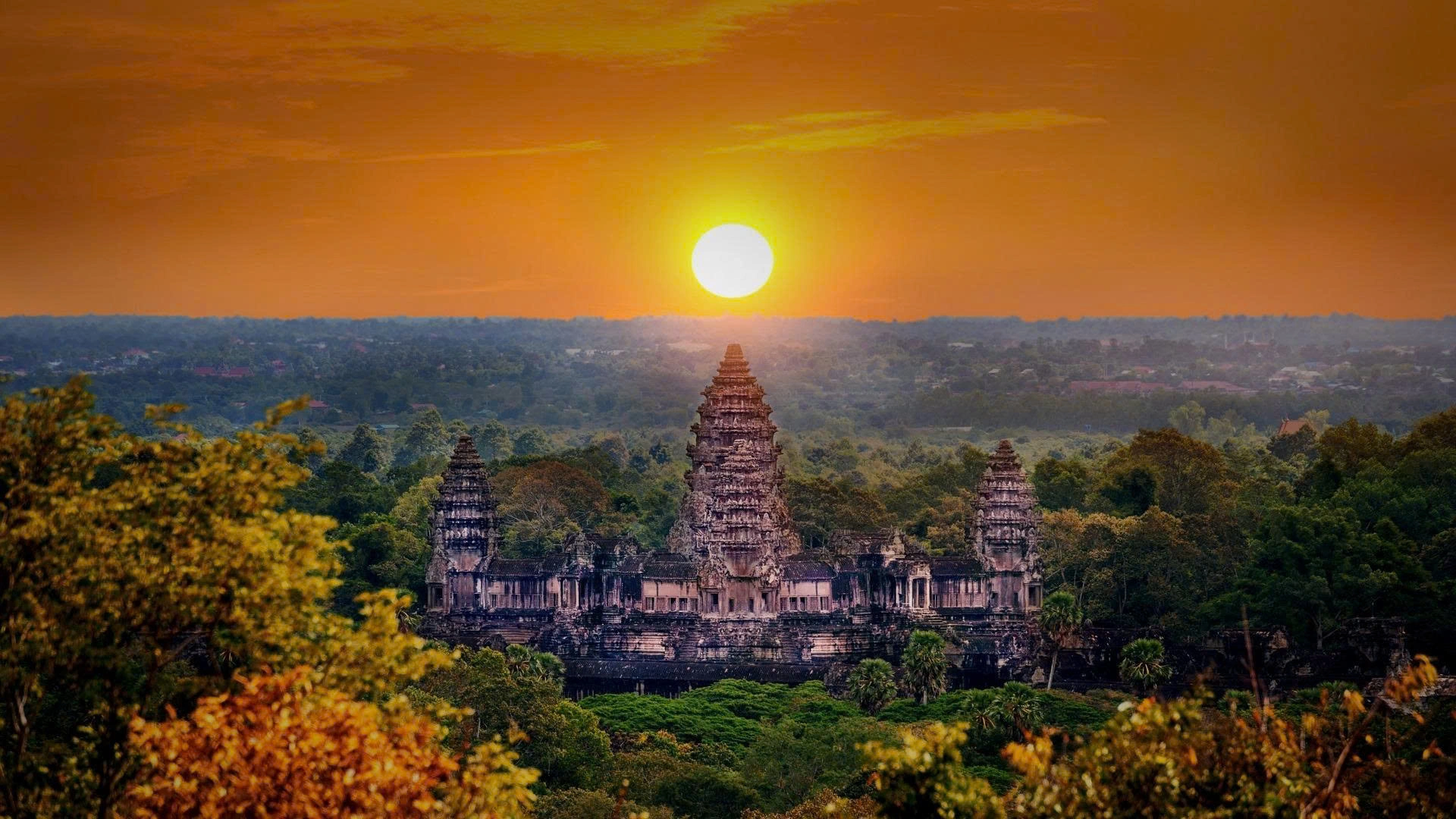
Central Cambodia
Central Cambodia is dominated by the vast Tonle Sap Lake and the fertile Mekong River basin, where Phnom Penh, the country’s capital, is located at the junction of rivers. This region experiences a humid tropical climate, with heavy rains swelling the Tonle Sap and reversing the flow of the Tonle Sap River during the monsoon months. The dry season, particularly from November to February, is the best time to explore Phnom Penh’s cultural sites, markets, and French-colonial architecture, or to take river cruises along the Mekong. The central plains also serve as the country’s agricultural heartland, producing rice and other crops thanks to the fertile floodplains.
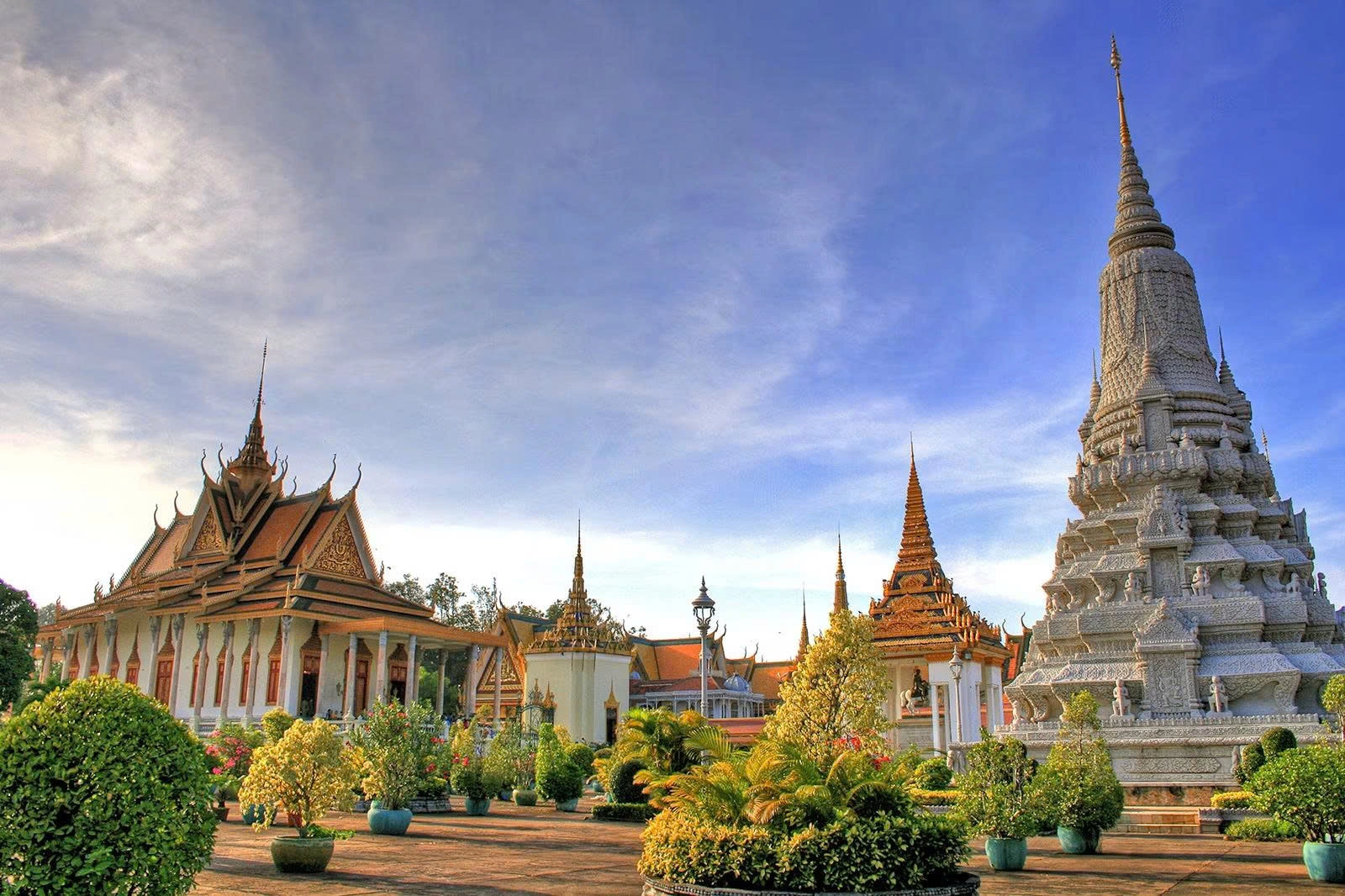
Southern Cambodia
Southern Cambodia is defined by its coastal provinces such as Sihanoukville, Kampot, and Kep, as well as the forested Cardamom Mountains. This region is generally warmer and more humid than the north, with a rainy season that enhances the lush jungles and waterfalls, and a dry season that is ideal for beach trips.
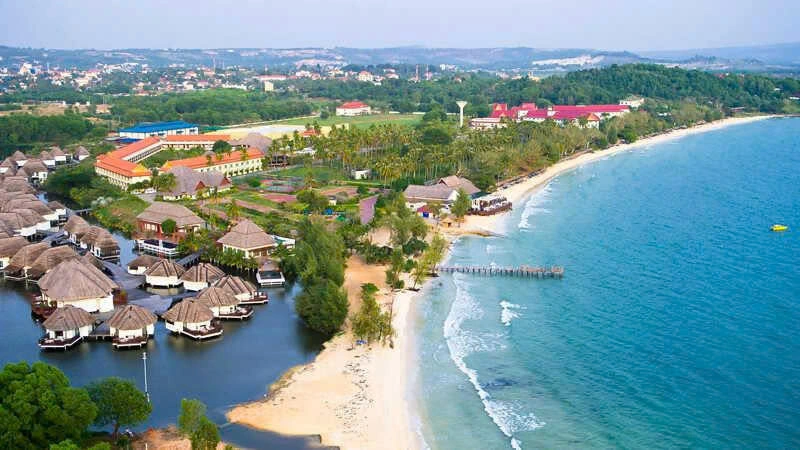
From November to February, the climate is sunny and less humid, making it the perfect time to enjoy white-sand beaches, island getaways like Koh Rong and Koh Rong Sanloem, or the laid-back river towns of Kampot and Kep. The Southern region’s mix of coastline and mountains creates a refreshing contrast to the flat plains of central Cambodia.
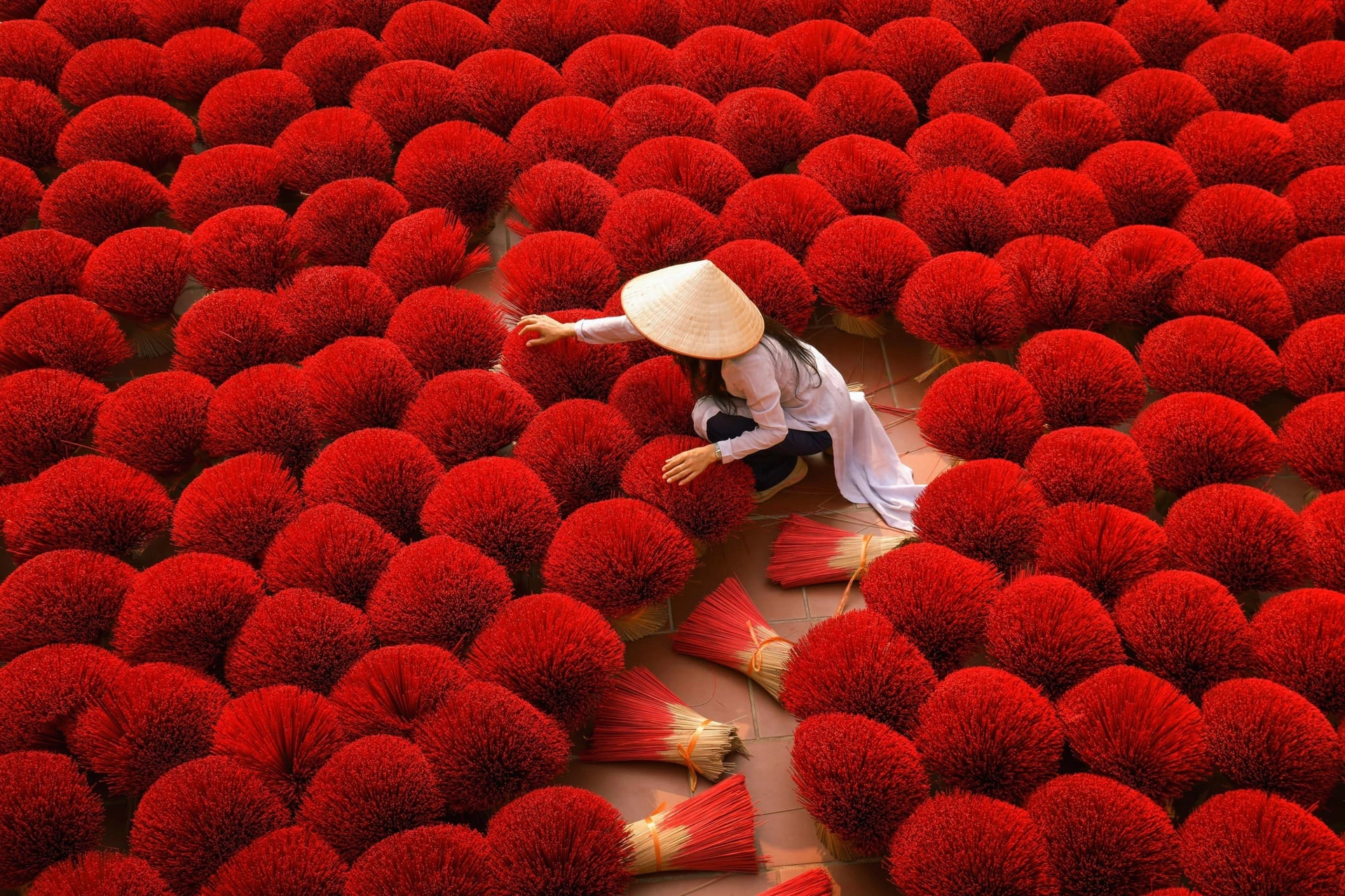
Vietnam is a country full of history, culture, and natural beauty, offering unforgettable experiences for every type of traveler. From bustling cities and ancient temples to serene countryside and pristine beaches, there is something for everyone. With careful planning, attention to local customs, and consideration for dietary or religious needs, Israeli travelers can enjoy a safe, enriching, and memorable journey.
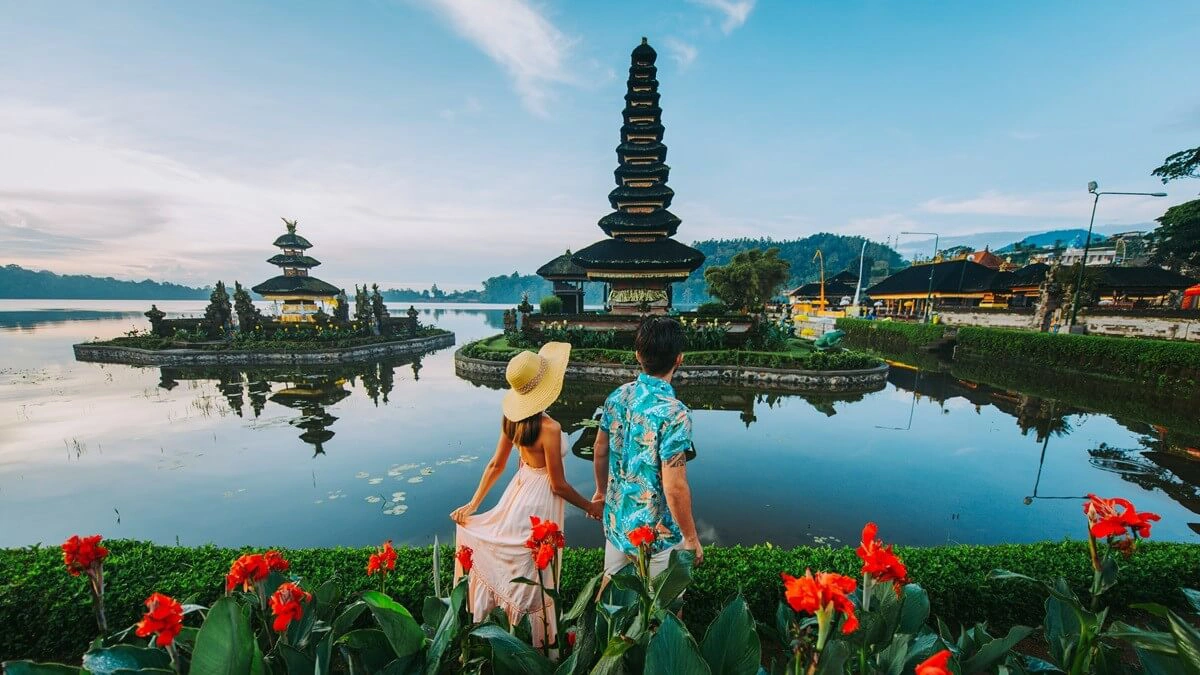
To enter Bali, travelers need a passport valid for 6 months; many nationalities get 30 days visa-free, while longer stays require a Visa on Arrival or e-visa. The island has a tropical climate with a dry season (Apr–Oct) ideal for beaches and festivals, and a wet season (Nov–Mar) with lush green landscapes. Cash in Indonesian Rupiah is essential for small expenses, though cards are accepted in larger venues, and transport mainly relies on taxis, ride-hailing apps, scooters, or private drivers. Visitors should respect local customs—dress modestly at temples, remove shoes in sacred spaces, and use the right hand when giving or receiving items.
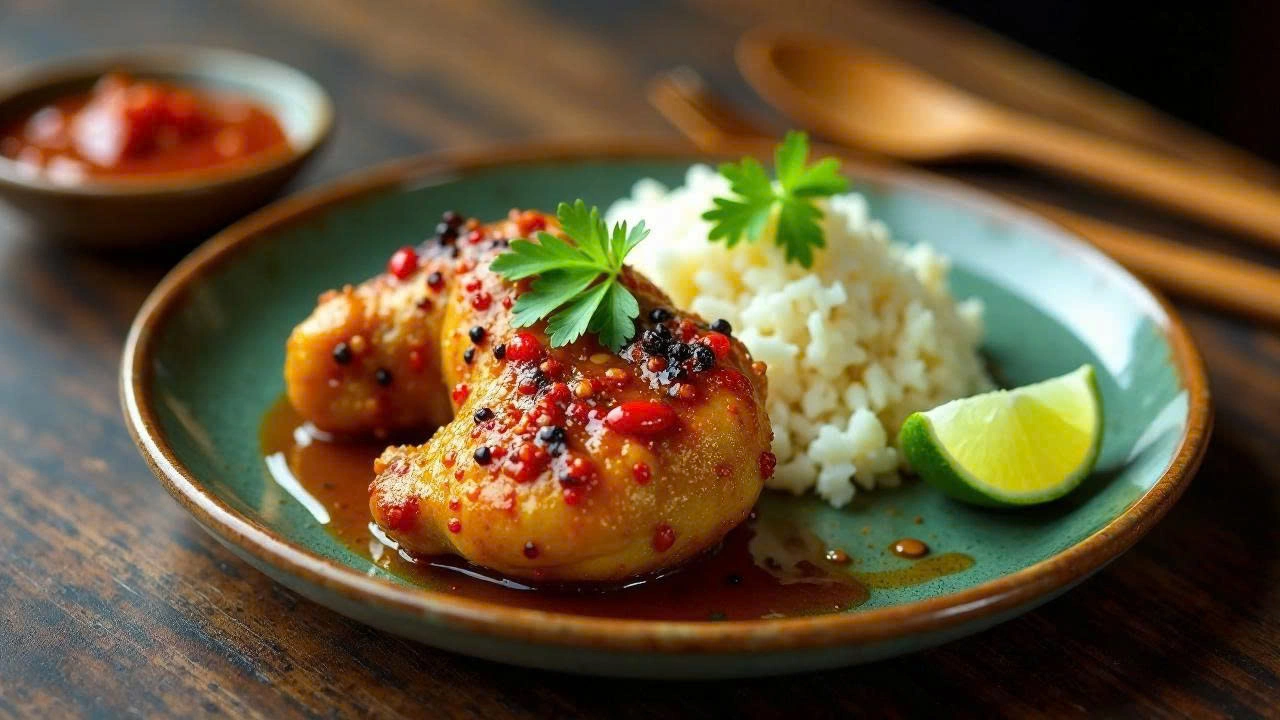
Balinese cuisine is a vibrant reflection of the island’s culture, shaped by its Hindu heritage, fertile volcanic soils, and abundant spices. Meals are a harmonious balance of flavors spicy, savory, sweet, and aromatic—brought together through fresh herbs, coconut, peanuts, and chili-based spice pastes known as bumbu. Rice is the centerpiece of most meals, complemented by grilled meats, seafood, and an array of vegetable dishes. Many recipes are deeply rooted in ceremonial traditions, often served during temple festivals and family gatherings, making Balinese food not only a culinary delight but also a cultural journey.
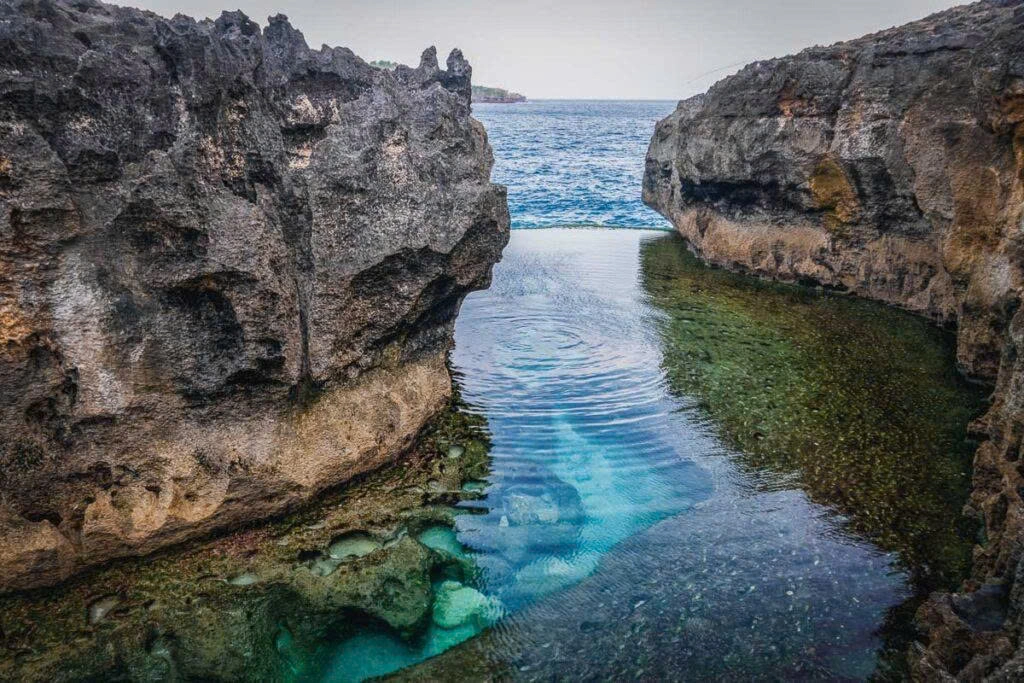
Nusa Penida is a stunning island off Bali’s southeast coast, famed for its rugged cliffs, crystal-clear waters, and dramatic landscapes. Highlights include Kelingking Beach with its dinosaur-shaped headland, Angel’s Billabong, and Broken Beach. Popular for snorkeling and diving, the island offers encounters with manta rays and vibrant coral reefs, making it a paradise for adventure and nature lovers.
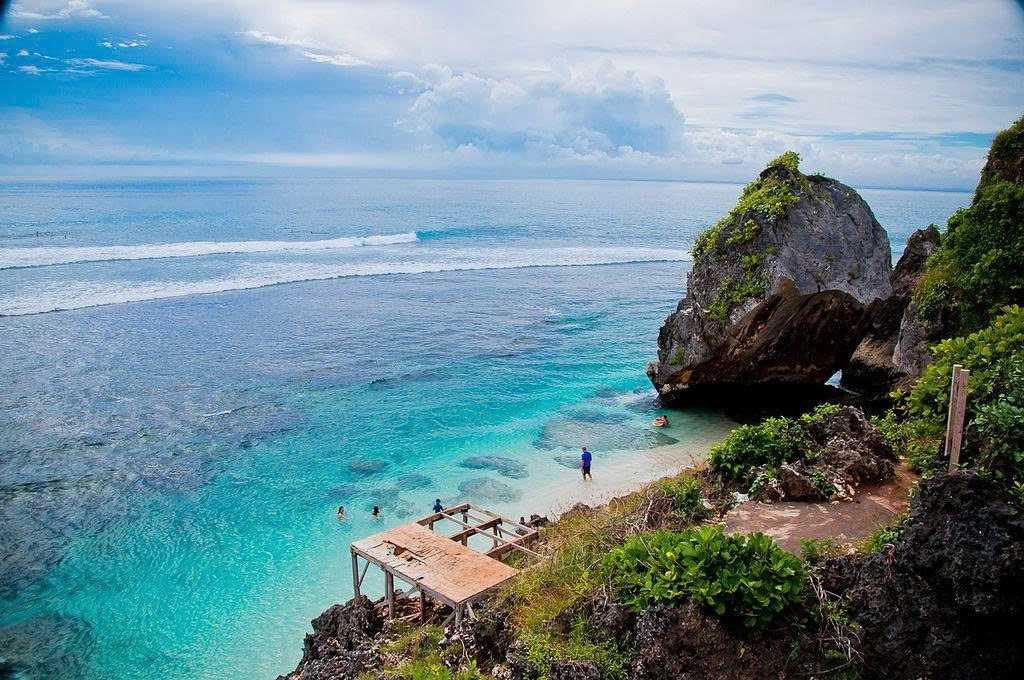
Uluwatu is renowned for its dramatic sea cliffs, world-class surf breaks, and breathtaking ocean views. At its heart lies the iconic Uluwatu Temple, perched high above the waves and famous for sunset Kecak dance performances. With luxury resorts, hidden beaches, and a relaxed coastal vibe, Uluwatu is a perfect blend of culture, adventure, and natural beauty.

Ubud is the cultural and spiritual heart of Bali, surrounded by rice terraces, lush forests, and traditional villages. Known for its art, dance, and handicrafts, it’s also a hub for yoga, wellness, and spiritual retreats. With its temples, galleries, and serene landscapes, Ubud offers a deeper connection to Balinese heritage and nature.
Preparing for your upcoming trip to Asia?
Let us know what we can arrange for you!